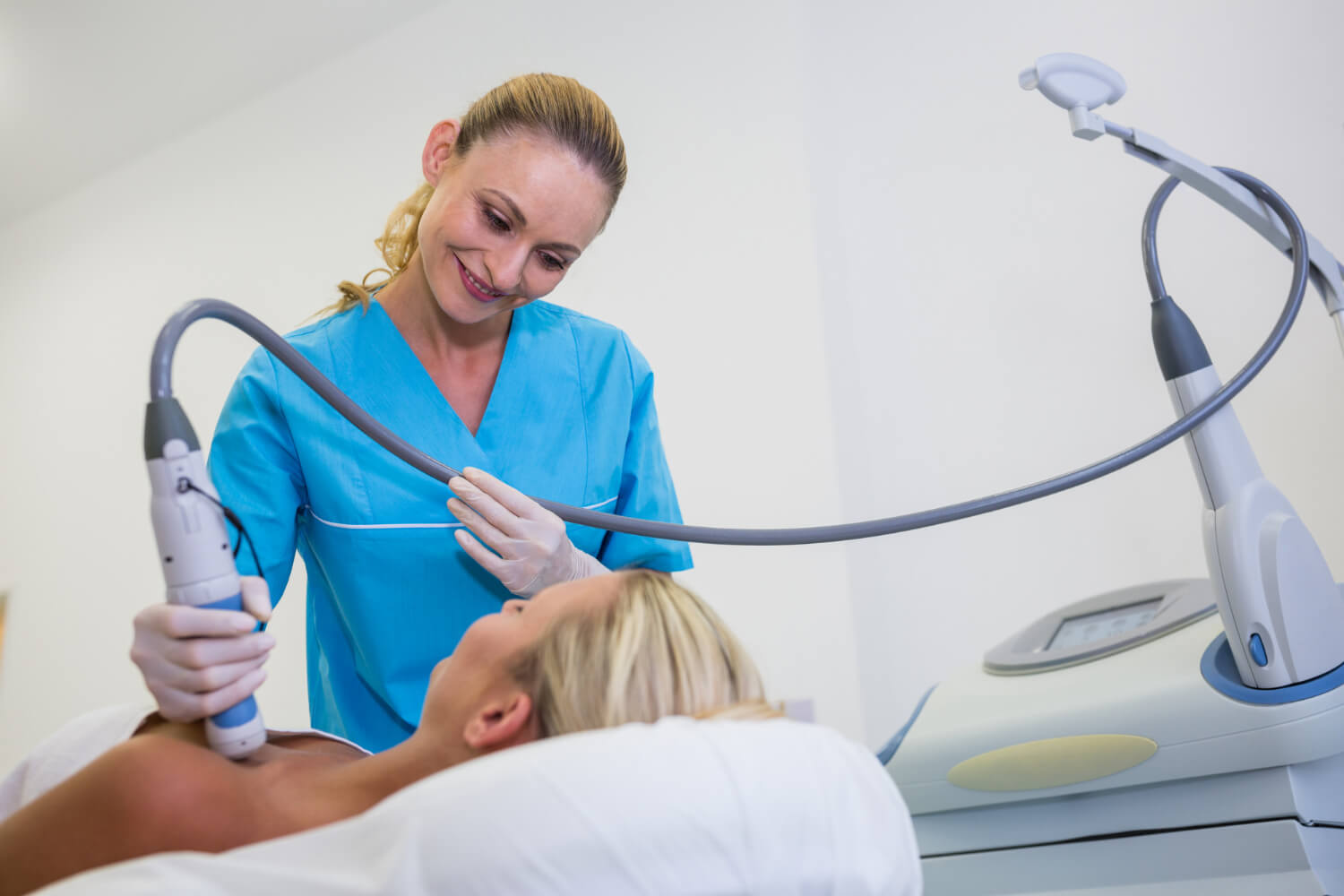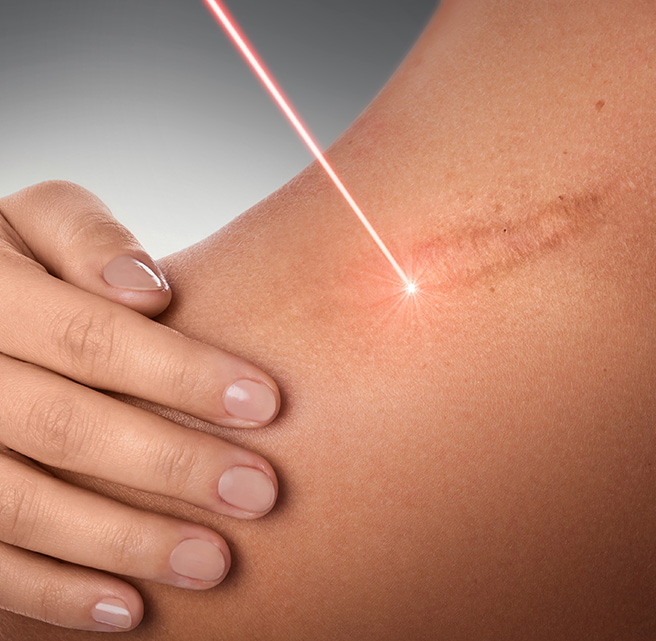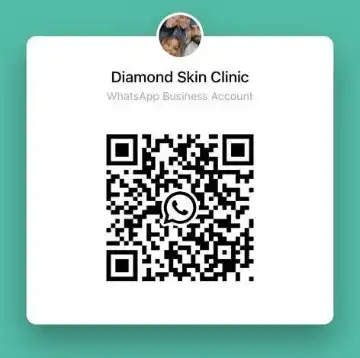- Skin Concerns
Keloid Scar Removal
Professional Team
We Are A Team Of Professional Doctors
And Nurses Who Possess More Than A
Decade Of Experience.
Experience
Our Highly Skilled Team Of Clinicians And Doctors Has Treated Patients From All Over The Nation With 100% Satisfaction.
Customer Satisfaction
Being The Best Laser Clinic Wembley, We Always Strive To Live Up To Our
Customer’s Expectations.
What are keloids?
Hypertrophic and Keloid Scars develop as a result of an overgrowth of collagen over cuts and wounds. Keloids can develop from acne or chicken pox scars. They can also develop following procedures such as general & cosmetic surgery, piercings, and even after shaving. Keloids can also occur after treatments such as aggressive lasers or deep chemical peels. Hypertrophic scars are raised scars that remain within the boundaries of the original skin break. Keloids are defined as raised scars that extend beyond the borders of the original cut or wound. They can grow significantly and can also be associated with itching, pain and recurrent infection.
Scar tissue is the repair mechanism our bodies produce to repair defects in the skin. You can imagine this is equivalent of filling in potholes on the road surface ie never looks as good as the real thing but performs a job. Scar tissue is exactly the same. Scar tissue is made up of unordered type 3 and 4 collagen that is less pliable and elastic than your original skin hence it’s different appearance.
In most people scars once formed they are red and can be bumpy in the first 3 months but then go through a remodelling process as they soften and become less red over 6-18 months. This maturation process makes scars more cosmetically acceptable but takes time.


Treatment Options

Treatment options for Keloid Scars can be categorised into non-surgical and surgical. The choice of keloid treatment is often dependent upon the anatomical location, cause, ethnic background and the success and/or failure of any previous treatments. Non-surgical treatments are delivered intralesionally (injections directly into the scar) or on the surface. Non-surgical treatment options consist of intralesional steroid injections, chemotherapy (5-FU), wrinkle relaxing toxins, YAG Laser and surface or intralesional cryotherapy. Surgical treatments consist of shave excision, elliptical excision and core excisions. Adjuvant treatments that help to prevent recurrence following definitive treatment include the use of silicone gel massage, silicone strips, steroid strips, compression garments, compression earrings and even radiotherapy. Behavioural changes are also needed alongside excellent compliance with treatment recommendations. Combinations of different treatments tend to work better than single stand alone approaches. In addition, an appreciation of ethnic background is essential as there are significant differences in response to treatment amongst different ethnicities. Above all the aim of treatment is most important. Often itching, increased sensitivity and even pain can be more debilitating than the physical appearance of a keloid scar.
At DSL Clinic all of our doctors and surgeons in London are able to help with keloid or hypertrophic scarring. Please understand however that keloid or hypertrophic scars can be very difficult and resistant to treatments and require specialist advice hence most skin clinics don’t treat this condition or don’t do it very well.
We are able to offer the latest keloid treatments at all our London clinics that are
- Steriod injections – these are simple quick injections that flatten and reduce the redness. Often require 2-3 treatment sessions about 8-12 weeks apart. Costs for this are from £350
- Laser – this can be for the redness but also in some cases we use another laser for ablative resurfacing of the skin. Cost for this is from £350
- Surgery – this is the last resort mainly used where the keloid scars are so prominent and thick. Good examples are keloids from ear piercings that form a large lump. Costs for keloid surgery are from £450
Where do keloids normally occur?
Keloids can occur anywhere on the body. Keloids resulting from acne typically develop on the face, neck, chest, shoulders and back. Chicken pox and vaccination scars that develop into keloids typically occur on the shoulders. Keloids developing on the back of the scalp, beard region and pubic areas such as bikini region are normally associated with ingrown hairs following shaving. Specific cosmetic surgical procedures such as breast reductions, tummy tucks and liposuction can result in keloid scars. Piercings can also trigger keloid formation, notably on the ears, chest and belly button. The location of the keloid greatly influences treatment protocols.
Keloid scars are more common in darker skin types (IV – VI) and especially amongst those of Asian, South Asian and Afro- Carribean descent. These patients tend to have a genetic predisposition to keloids. However, keloid scarring is not exclusive to these groups of patients. Keloid scars can occur in any ethnicity. They are more likely to develop where there is chronic infection, delayed healing of cuts and wounds and on specific parts of the body such as infected ear piercings. Appreciation of differences in skin type between the different ethnicities is extremely important when it comes to planning treatment protocols.

Get In Touch
- Wembley 348 High road Wembley HA9 6AZ
- London 102 Harley Street
- hello@dslclinic.com
- 0208 004 0277
- Why Choose Us
We Always Focus On
Our Customer’s Happiness
- Professional Team
Diamond Skin Aesthetic and Laser Clinic is a preferred beauty clinic in Wembley. We offeradvanced skin treatments to clients suitable for their skintypes. We are a team of professional doctors and nurses who possess more than a decade of experience. We provide premium quality skin treatments at an affordable price.
- Experience
Our expert team of clinicians and doctors have delivered treatments to clients from across the country with 100% satisfactory results. We offer you a competitive rate for all advanced skincare treatments while ensuring the best customer experience and maintain our reputation as the top laser clinic London.
- Customer Satisfaction
We always focus oncustomerhappiness; hence, we offer them personalised treatments to make them satisfied with our service. Being the best laser clinic Wembley, we always strive to live up to our customer’s expectations. We curate our treatment procedures around the individual needs of each client an make them happy with the results. Book a free consultation for laser treatment today, and let our aestheticians help you with a radiant skin.

- Before & After
Here Are Some Amazing
Before & After Results

- Request A Consultation
Arrange Your
Consultation
advisors will call you to book your consultation.
Strict safety and care protocols
Reviews
Highly experienced consultants, doctors, nurses and medical practitioners
Offering personalised services while addressing client’s individual skincare needs.
All your information is 100% secured.
Frequently Asked Questions
answers you’re looking for faster.
Hypertrophic scars are slightly different to keloids in that they are also raised large growths of excessive amounts of collagen but are restricted to the boundaries of a wound or cut. They do not grow beyond this whereas keloids do. On the whole they are much smaller and often slightly more responsive to treatments.
Unfortunately there is no cure for keloids and all treatments are limited in their success with a risk of recurrence. Typical treatments include intralesional injection of medication including steroids, muscle relaxing toxin and chemotherapy agents into the keloid scars, topical steroid creams and dressings, compression garments, silicone gel sheets, cryotherapy, cutting out of keloid scars and radiotherapy.
Recent research has shown that the best results for keloid and hypertrophic scars are achieved through a combination of treatments as opposed to relying on a single treatment. Recent published research has shown that intralesional scar injections with muscle relaxing toxins (the same medication used in wrinkle relaxing injections for the face) and certain specific chemotherapy agents can be combined with other treatment options to improve the results of keloid scar treatment. At Rejuvence we especially use muscle relaxing toxin injections prior to and after surgical excisions of certain types of keloid scars. We have found that this can significantly reduce any rates of recurrence and we especially use this for the treatment of keloids on the scalp and back of the head and neck. -Acne Keloidalis Nuchae.
Often, many patients would prefer for their keloid scars to be completely removed through excision (cutting out). This can be performed depending on where the keloids are and is normally carried out under local anaesthetic. However, it is very important to bear in mind that there can be a high rate of recurrence and sometimes the keloids can come back more aggressively. Once excised, immediate repeated treatments with steroid injections can help to reduce the risk of recurrence and some large specialist units advocate using radiotherapy in the postoperative period to further reduce the risk of keloids coming back. Surgery for keloids specifically on the ear, in combination with steroid injections and the regular use of a compression earring can help reduce the recurrence rate significantly. At Rejuvence we have managed to achieve excellent results with low rates of recurrence through this approach.
Cryotherapy for the removal of keloid scars is a well established treatment option. Cryotherapy can be intralesional and surface cryo. Intralesional cryotherapy involves freezing the keloid from the inside by injecting a probe into the keloid and treating it with liquid nitrogen. This results in the scar shrinking. Surface cryotherapy consists of freezing the keloid on it’s surface. Studies have shown, however, that final outcomes with traditional excision and steroid therapy are still better than cryotherapy. At Rejuvence Clinic we recommend excision over cryotherapy. However, there are instances where cryotherapy is more appropriate. At Rejuvence we have the experience to judge which techniques are likely to give the best results
Following complete excision of a keloid you will still be left with a scar. Keloids are always the result of a cut to the skin that has not healed normally. By excising the keloid we are giving it a second chance to heal naturally. Often following keloid excision you will be left with a scar that is slightly longer, but thinner and flatter with a much improved overall appearance. We can never make it disappear. It is then up to you to ensure you look after it well using a combination of steroid injections, compression and silicone gel massage and sheets.
Compression garments are often useful alongside silicone gel sheets but more so as a preventative measure rather than a sole treatment for established keloid scars. They are often used after the keloids have been surgically removed in an attempt to prevent them from coming back. Sustained physical pressure over the scar helps to prevent the build up of collagen above the scar and hence reduces the risk of a keloid reforming. At Rejuvence Clinic we recommend using compression garments where possible to prevent recurrence of the keloid. We can provide compression garments at an additional cost.
Silicone gel is often recommended for use after any surgical procedure to improve the appearance of scars. Regular massage of scars, once they have completely healed, helps to organise the skin cells and keep them flat and in line. Silicone gel sheets are also extremely helpful for the improvement of the appearance of scars. We always recommend using silicone gel and silicone strips after keloid surgery.
Scan This Qr Code To Start A Whatsapp Chat With The Diamond Skin Clinic :

Look & Feel Beautiful

